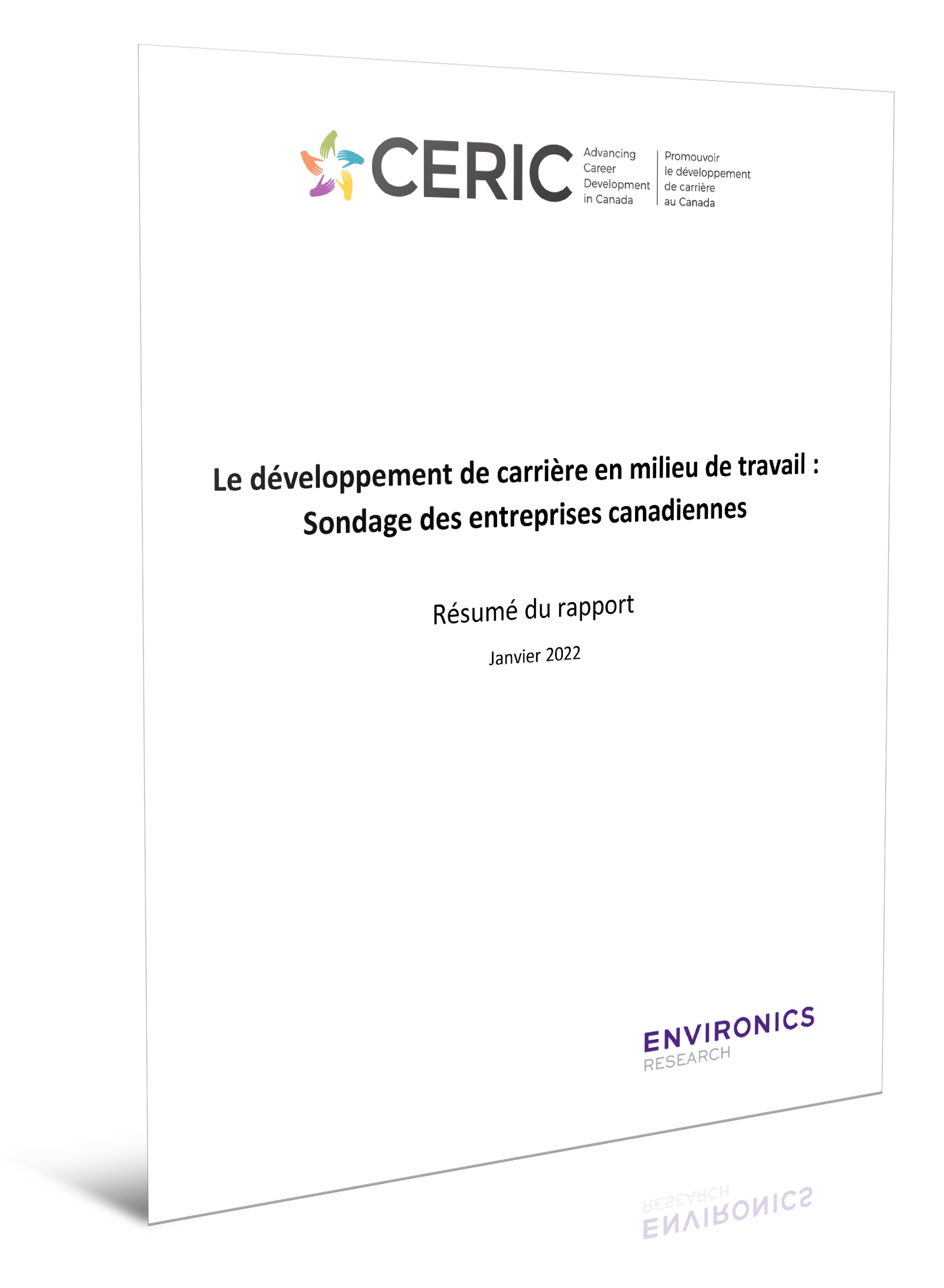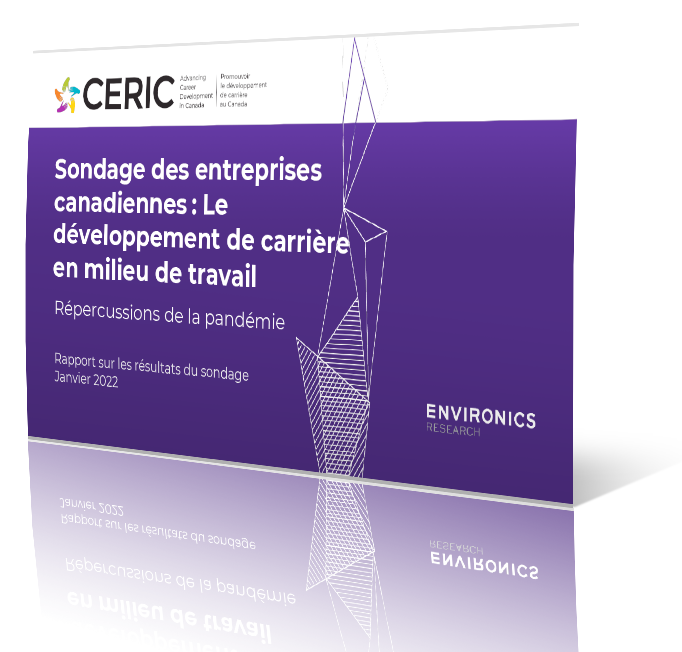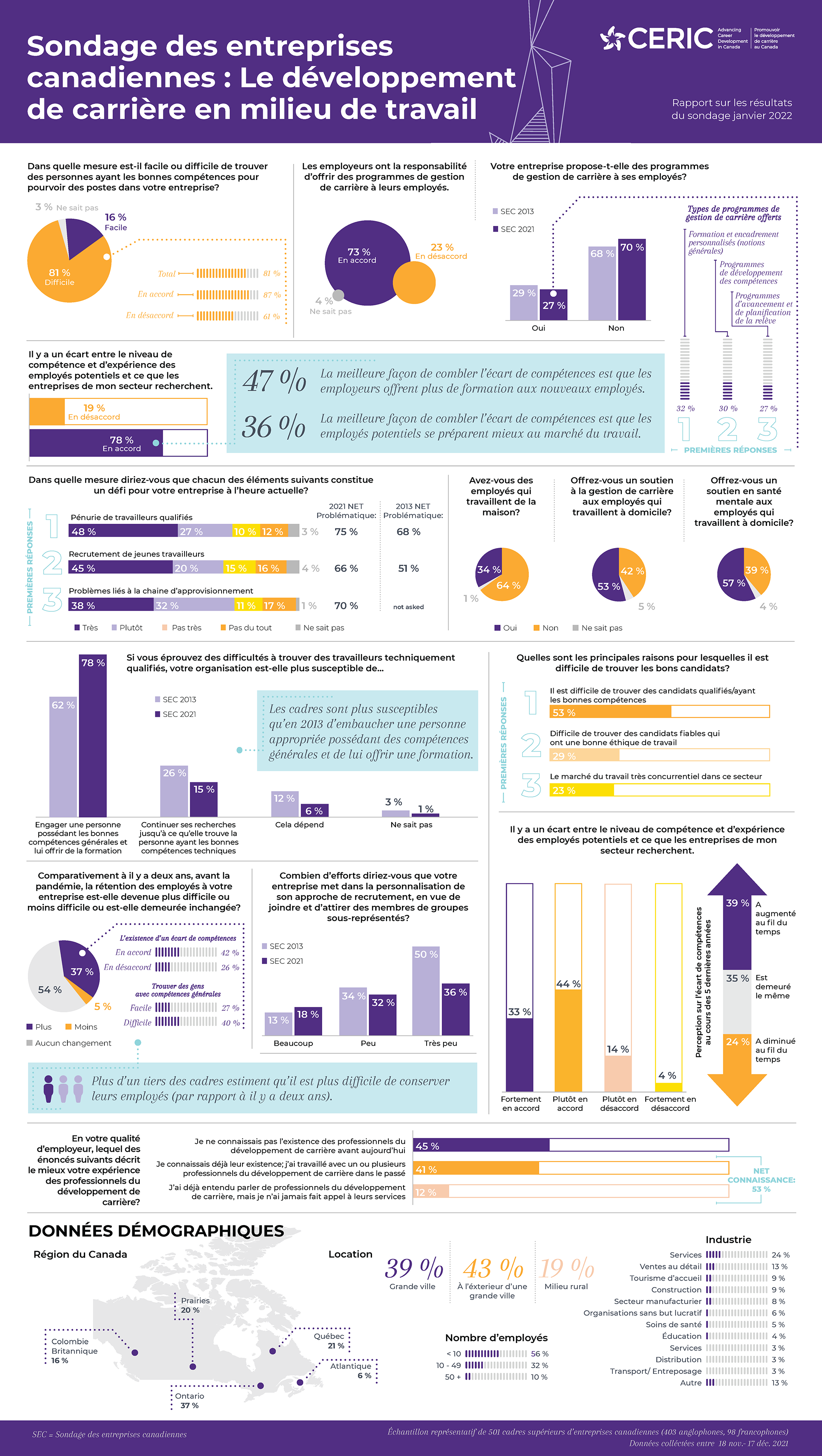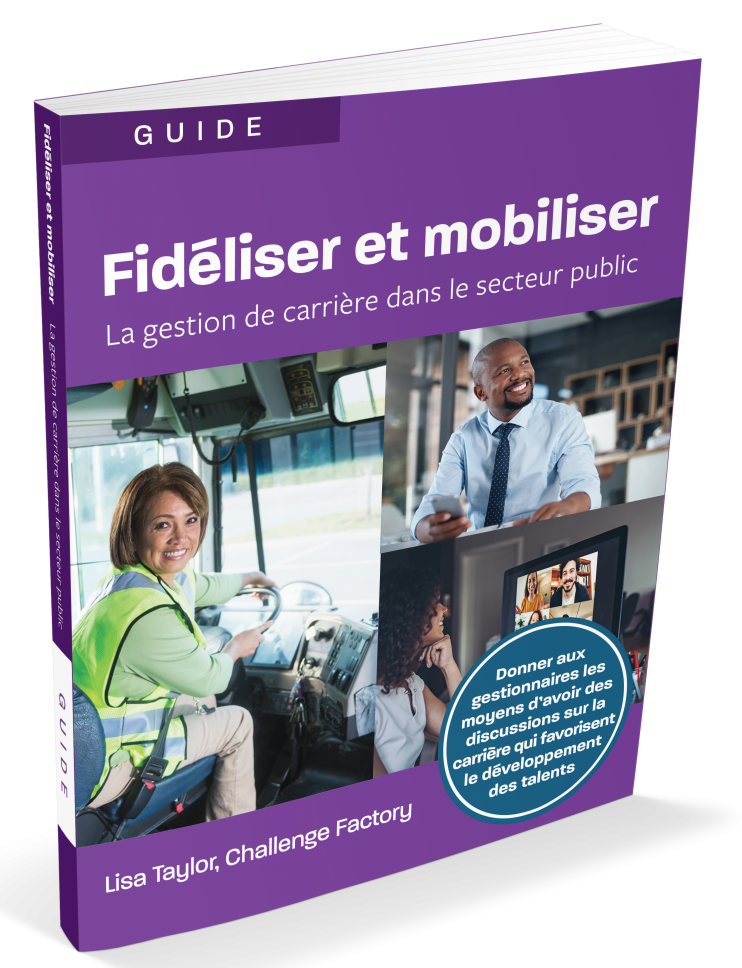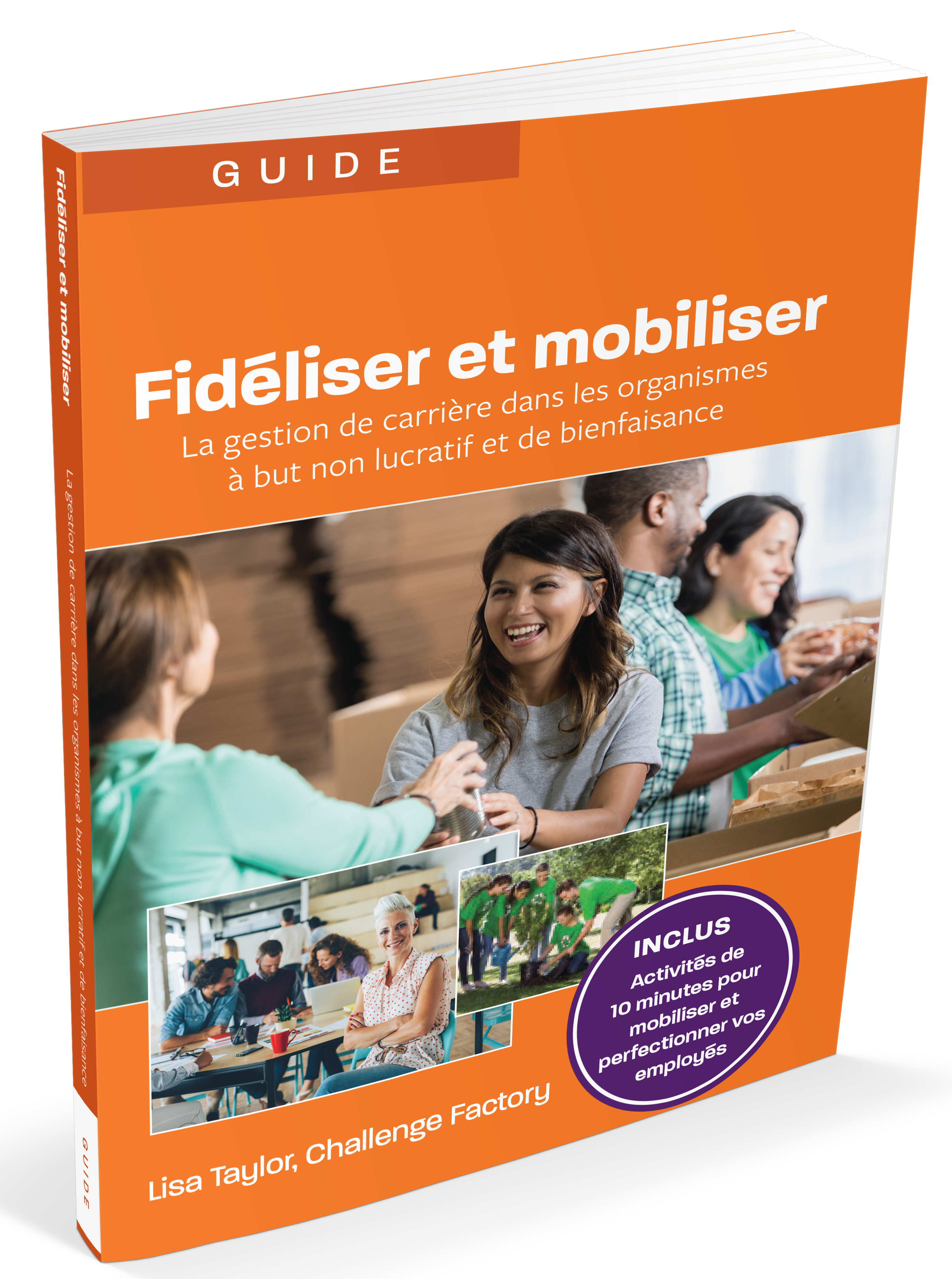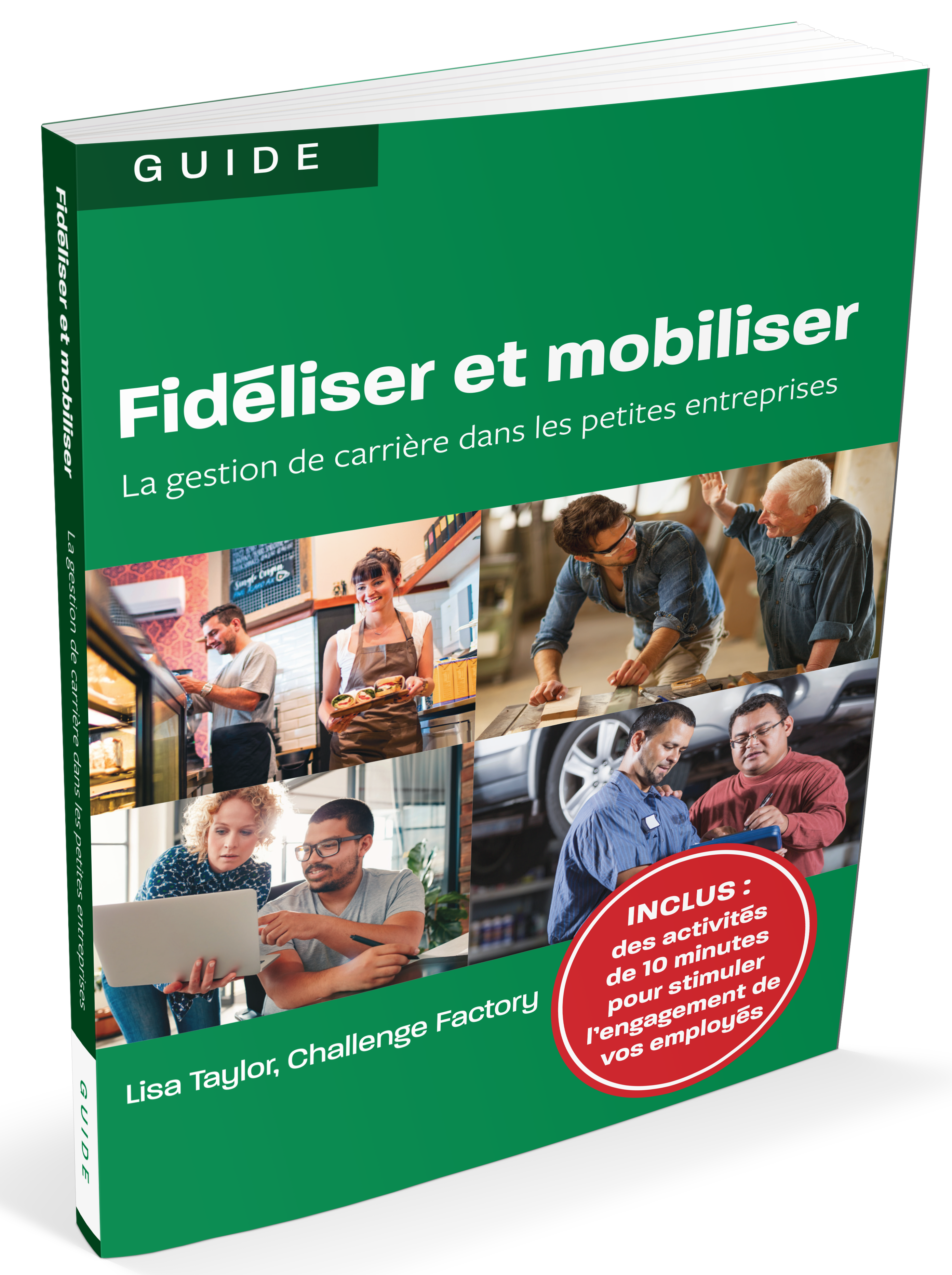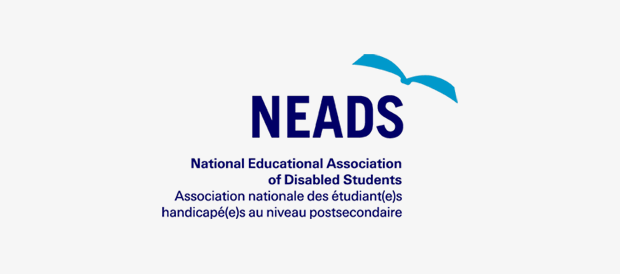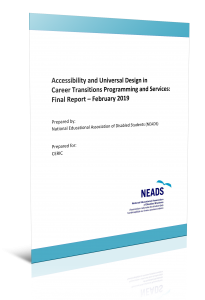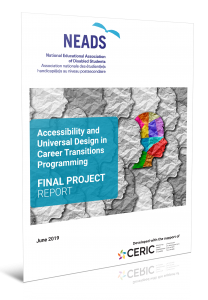Aboramadan, M., Hassi, A., Alharazin, H.J., Dahleez, K.A., Albashiti, B. (2019). Volunteering drivers and continuation will: the role of engagement, Journal of Management Development, Vol. 38 (5), 405-420
Aleem, Y. (2015). Volunteering and Psychological Health. Purdue University Global.
Altman, R. (2013). The Benefits of Volunteering. Huffington Post.
Alvarez, R. (2016). Volunteering as Professional Development. Govloop.
*Apinunmahakul, A., Barham, V., Devlin, R. (2009). Charitable giving, volunteering, and the paid labor market. Nonprofit and Voluntary Sector Quarterly, Vol. 38 (1), 77-94.
*Asfaq, F., Mattiullah, B., Sehrish, I. (2020). Volunteering: what drives and retains it? An analysis of motivational needs together with organizational policies and practices. Qualitative Research Journal, vol. 21 (2), 189-205.
Ashley-Roberts, C. (2012). Any volunteers? Chemistry World.
Atkins, R., Hart, D., Donnelly, T. (2005). The association of childhood personality type with volunteering during adolescence. Merrill-Palmer Quarterly, 51, 145-162.
Baines, S., Hardill, I. (2008). “At least I can do something: The work of volunteering in a community beset by worklessness. Social Policy and Society. 7. 307-317.
Barnett, R.A. (2011). 19 Healthy Reasons To Help Others. Huffington Post.
*Barton, E., Bates, E.A., O’Donovan, R. (2017). « That extra sparkle »: students’ experiences of volunteering and the impact on satisfaction and employability in higher education. Journal of Further and Higher Education, vol. 43 (4), 453-466.
Bengston, B. (2020). Reimagine Your Corporate Volunteer Program. Harvard Business Review.
Boezman, E., Ellemers, N. (2009). Intrinsic need satisfaction and the job attitudes of volunteers versus employees in a charitable volunteer organization. Journal of Occupational and Organizational Psychology, 82, 897-914.
Boogaard, K. (n.d). 5 Career-Boosting Reasons You Should Volunteer (in Addition to the Fact That Makes You a Good Person). The Muse.
Bowman, N., Brandenberger, L., Hill, P., Quaranto, J. (2010). Serving in college, flourishing in adulthood: does community engagement during college years predict adult well-being? Applied Psychology: Health and Well-being, 2(1), 14-34.
Boyington, B. (2014). Find Career-Focused Volunteer Opportunities in High School. U.S. News.
Buckland, R. (2020). Medical student volunteering during COVID-19: lessons for future interprofessional practice, Journal of Interprofessional Care, Vol. 34 (5), 679-681
*Breitsohl, H., Ehrig, N. (2017). Commitment through Employee Volunteering: Accounting for the Motives of Inter-Organisational Volunteers. Applied Psychology, 66, 260-289.
British Council, (2013). Culture at Work: The value of intercultural skills in the workplace. Booz, Allen, Hamilton, McLean, VA.
Brummell, A. (2001). The Value of Volunteering. Energize.
*Brunell, A.B., Tumblim, L., Buelow, M.T. (2014). Narcissism and the Motivation to Engage in Volunteerism. Current Psychology, Vol. 33, 365-376.
Brzustewicz, P., Akram Hatami, I.E., Hermes, J., Keränen, A., Ulkuniemi, P. (2022). Emergence of social impact in company–NGO relationships in corporate volunteering. Journal of Business Research, Vol. 140
Cahillane, L. (2017). Benefits of Volunteering. Reed.co.uk.
Capella, (2016). Why Volunteering Can Boost Your Career. Capella University.
Carpenter, A. (2018). 5 Ways Volunteering Can Enhance Your Career. Forbes.
Cattagni Kleiner, A., Henchoz, Y., Fustinoni, S., Seematter-Bagnoud, L. (2022). Volunteering transitions and change in quality of life among older adults: A mixed methods research. Archives of Gerontology and Geriatrics, Vol. 98, January-February 2022.
Chapman, V. (2012). Maximizing the Career Development of Students Who Study Abroad. National Career Development Association, Career Convergence Magazine.
*Chetty, K., Raisuyah, B. (2021). Student volunteerism as a thread of community engagement: its salience to social work education. Social Work Education.
Cnaan, R.A., Smith, K.A., Holmes, K., Haski-Leventhal, D., Handy, F. (2010). Motivations and Benefits of Student Volunteering: Comparing Regular, Occasional, and Non-Volunteers in Five Countries. University of Pennsylvania.
Cole, T. (2012). So What’s So Good About Giving? Huffington Post.
Cook, P., & Jackson, N. (2006). Valuing volunteering: A route to professional development views from VSO volunteers and managers. London: Chartered Management Institute
Cormack, I., Konidari, S. (2007), Integrating Volunteering with the Curriculum: present initiatives and future possibilities. Investigations in university teaching and learning, Vol. 4 (2), 89-97, London Met Repository.
Crossman, J.E., & Clarke, M. (2010). International experience and graduate employability: stakeholder perceptions on the connection. Higher Education 59, 599-613. (behind paywall)
Dattani, P. (2013). The Social Impact of Volunteering and Sewa. Huffington Post.
Dempsey-Brench, K., Schantz, A. (2021). Skills-based volunteering: A systematic literature review of the intersection of skills and employee volunteering. Human Resource Management Review.
Devex Editor, (2014). All you need to know: Volunteering in international development, humanitarian relief. Devex.
Doyle, A. (2021). How to Include Volunteer Experience on Your Resume. The Balance Careers.
Duarte Alonso, A., & Nyanjom, J. (2016). Volunteering, paying it forward, and rural community : A study of Bridgetown, Western Australia. Journal of Community Development, Vol. 47 (4), 481-495
Evans, L. (2012). How strategic volunteering can help career development.
Canadian Immigration.
Fegan, C., Cook, S. (2014). The therapeutic power of volunteering. BJPsych Advances.
Fenyes, H., Markos, V., Mohacsi, M. (2021). Volunteering Among Higher Education Students as Part of Individual Career Management, Corvinus Journal of Sociology and Social Policy, Vol. 12 (2)
Findlay, M. (2012). Volunteering = Career Development. Ms. Career Girl
Gay, W. (2017). Why Volunteering Is a Great Career Option For Millennials. Forbes.
Giancaspro, M.L., Manuti, A. (2021). Learning to Be Employable Through Volunteering: A Qualitative Study on the Development of Employability Capital of Young People. Frontiers in Psychology, Vol. 12.
Goodwin, T. (2015). 6 Ways Volunteering Can Boost Your Career. Workitdaily.
Golaszewska-Kaczan, U. (2016). Is E-Volunteering the Future of Employee Volunteering?. Annales. Ethics in Economic Life, Vol. 20 (3), 97-105.
Gurchiek, K. (2010). Promoting Volunteerism Can Reap Rewards for Employees. Society for Human Resource Management.
*Handy, F., Cnaan, R., Hustinx, L., Kang, C., Brudney, J., Haski-Leventhal, D., Zriniscak, S. (2010). A cross-cultural examination of student volunteering: Is it all about resume building? Nonprofit and Voluntary Sector Quarterly, Vol. 39 (2), 498-523.
Haski-Leventhal, (2009). Altruism and Volunteerism: The perceptions of altruism in four disciplines and their impact on the study of volunteerism. Wiley Online.
Heathfield, S.M. (2016). 5 Tips to Improve Your Career Development. The Balance.
Henley, K. (2009). Why Don’t We Volunteer? Dare to Care. Huffington Post.
*Holdsworth, C. (2010). Why Volunteer? Understanding Motivations For Student Volunteering. British Journal of Educational Studies. Vol. 58 (4), 421-437.
*Holdsworth, C., Brewis, G. (2013). Volunteering, choice and control: a case study of higher education student volunteering. Journal of Youth Studies, Vol. 17 (2), 204-219.
Hou, J., Qian, L., Zhang C. (2020). Understanding the Effects of Colleague Participation and Public Cause Proximity on Employee Volunteering Intentions: The Moderating Role of Power Distance. Frontiers in Psychology, vol.11.
Horan, D.P. (2013). Another Take on Millennials and Vocations. Huffington Post.
Horoszowski, M. (2015). 5 Surprising Benefits of Volunteering. Forbes.
Howell, B. (2016). The career benefits of volunteering. Monster.
Hudson, S. & Inkson, K. (2006). Volunteer overseas development workers: The hero’s adventure and personal transformation. Career Development International, 11, 304-320.
Humbad, A. (2021). Is Virtual Volunteering for Corporates Here to Stay? Forbes.
Jones, A. (2012). Five ways volunteering can help your career. Points of Interest
Kang, J-S. (2015). Effect of Volunteering on Career Development of the University Students Majoring in Social Welfare. ResearchGate.
*Khasanzyanova, A. (2017). How volunteering help students to develop soft skills. International Review of Education, 63, 363-379.
*Kim, M., Chelladurai, P. & Trail, G.T. (2007). A model of retention in youth sport. Journal of Sport Management, 21, 151-171.
*Konstam, V., Tomek, S., Celen-Demirtas, S. (2014). Volunteering and Reemployment Status in Unemployed Emerging Adults. SAGE Journals.
Kuder, (2017). 4 Ways Volunteering can Advance Your Career. Kuder.
LaBier, D. (2011). How Volunteering Affects the Volunteer. HuffPost.
*Lachance, E.L. (2021). COVID-19 and its Impact on Volunteering: Moving Towards Virtual Volunteering, Leisure Sciences, Vol. 43 (1-2), 104-110.
Lancee, B, Radl, J. (2014). Volunteering over the Life Course. Social Forces, Vol. 39 (2), 833-862. Project Muse
*Lau, Y., Fang, L., Cheng, L.J., Kwong, H.K.D. (2019). Volunteer motivation, social problem solving, self-efficacy, and mental health: a structural equation model approach, Educational Psychology. Vol. 39 (1), 112-132.
Lipford, J., Yandle, B. (2008). The determinants of purposeful voluntarism. Journal of Socio-Economics, 38(1), 72-79.
*Marinica, B.V, Negru-Subtirica, O. (2020). Relationships between volunteering functions and vocational identity in emerging adult volunteers. International Journal for Educational and Vocational Guidance, 20, 591-611.
Marta, E., Pozzi, M. (2008). Young people and volunteerism: A model of sustained volunteerism during the transition to adulthood. Journal of Adult Development. 15, 35-46.
*McBride, A.M., Lough, B.J., & Sherraden, M.S. (2012). International service and perceived impacts on volunteers. Non-profit and Voluntary Sector Quarterly 41(6), 969-990.
McCurley, S. (2002). The Volunteerism Bibliography. Grapevine.
McFadden, A., Smeaton, K. (2017). Amplifying Student Learning through Volunteering. Journal of University Teaching & Learning Practice, Vol. 14 (3), art. 6
*Mekonen, Y.K., Adarkwah, M.A. (2021). Volunteers in the COVID-19 Pandemic Era: Intrinsic, Extrinsic, or Altruistic Motivation? Postgraduate International Students in China. Journal of Social Service Research
Mendez, D., Garafalo, H. (2021). The Benefits of Service and Volunteering in Students’ Career Development Journey. NACE-National Association of Colleges and Employers.
Miers, B. (2017). Seven Ways Volunteering is Good for Your Career. Good Deeds Day.
Miller, S. (2011). Measuring Volunteerism: Impacts on Employee Development. True Impact.
Moeller, P. (2012). Why Helping Others Makes Us Happy. U.S. News.
*Mojza, E.J., Sonnentag, S., Bornemann, C. (2011). Volunteer work as a valuable leisure-time activity: A day-level study on volunteer work, non-work experiences, and well-being at work. Journal of Occupational and Organizational Psychology, Vol. 84 (1), 123-152
*Morrow-Howell, N. (2007). A Longer Worklife: The New Road to Volunteering. Generations. 1, 63-67, American Society on Aging.
*Neely, A.R., Lengnick-Hall, M.L., Evans, M.D. (2021). A process model of volunteer motivation. Human Resource Management Review
Nelson, E. (2018). They Pay People to Work Here? The Role of Volunteering on Nonprofit Career Awareness and Interest. Journal of Public and Nonprofit Affairs, Vol. 4 (3).
Next Avenue, (2015). 5 Surprising Benefits of Volunteering. Forbes.
*Omoto, A.M., Snyder, M., Martino, S.C. (2016). Volunteerism and the life course: Investigating age-related agendas for action. University of Minnesota.
*Oware, K.M., Mallikarjunappa, T. (2021). Does employee volunteerism contribute to financial performance? Effect of third-party assurance and financial performance of listed firms in emerging economies, Social Responsibility Journal, Vol. 17 (4), 469-488.
Papi, D. (2012). Voluntourism: What Could Go Wrong When Trying To Do Right? Huffington Post
Patrick, K. (2014). 4 Ways Volunteering Can Help You Find a Job. Huffington Post.
Peterkin, C. (2013). Does Volunteering Help in Career Development? Cosmic Coaching Center.
Philanthrpy News Digest, (2015). More Millennials Value Volunteering Than Previous Generation Did. Philanthropy News Digest.
Philips, A.S., & Phillips, C.R. (2000). Using Skills Gained Through Volunteerism in Job Searches: A Workable Strategy. Journal of Business and Psychology, 14, 573-577 (behind paywall)
Powell, F., Scanlon, M., Galvin, M. (2018). Making a difference: A research report on student volunteering in UCC. Cork: University College Cork.
Rebell, B. (2015). Millennials Are Eager To Donate Their Biggest Asset: Time. IMPACT.
Reddy, K. (2017). How Volunteering Can Lead to Employment Easily? WiseSteps
Rominger, A. (2020). Why Volunteer? 7 Benefits of Volunteering that Will Inspire You to Take Action. Grow Ensemble.
Rullion, (2017). Why volunteering will help your CV stand out. Rullion Limited.
Sammer, J. (2016). The Benefits of Philanthropy and Volunteerism. Society for Human Resource Management.
Segal, J. & Robinson, L. (2017). Volunteering and its Surprising Benefits. HELPGUIDE.
*Sekar, S., Dyaram, L. (2017). What drives employees to participate in corporate volunteering programs? Social Responsibility Journal. Vol. 13 (4).
*Sherraden, M.S., Lough, B.J., & McBride, A.M. (2008). Effects of international volunteering and service: Individual and institutional predictors. Voluntas: 19, 395-421.
*Sherraden, M.S., Stringham, J., Sow, S.C., & McBride, A.M. (2006). The forms and structure of international voluntary service. Voluntas: International Journal of Voluntary and Nonprofit Organizations, 17, 163-180.
Shye, S. (2010). The motivation to volunteer: A systematic quality of life theory. Social Indicators Research, 98, 183-200.
Siddiqui, H. (2014). How Volunteering Can Help in Career Development. Career GURU
*Simpson, K. (2004). Doing development: The gap year, volunteer-tourists, and a popular practice of development. Journal of International Development (16), 681-692.
*Smith, A. (2012). The Changing Effects of Community Characteristics on Volunteering in Canada. Canadian Public Policy, Vol. 38 (3), 361-373.
*Snyder, M. (2001). Volunteerism, Psychology of. International Encyclopedia of the Social & Behavioral Sciences, Pages 16308-16311.
*Steimel, S. (2018). Skills-Based Volunteering as Both Work and Not Work: A Tension-Centered Examination of Constructions of “Volunteer”. VOLUNTAS: International Journal of Voluntary and Nonprofit Organizations. 29, 133-143.
*Stritch, J.M., Christenses, R.K. (2016), Raising the next generation of public servants? Parental influence on volunteering behavior and public service career aspirations, International Journal of Manpower, Vol. 37 (5), 840-858.
Stringer, H. (2013). Volunteering towards a career in development. The Career Blog.
*Tham, Y.K., Hashimoto, T., Karasawa, K. (2022). Who incurs a cost for their group and when? The effects of dispositional and situational factors regarding equality in the volunteer’s dilemma. Personality and Individual Differences, Vol. 158, February 2022.
The Bureau of Labor Statistics (2012). Volunteering: Career Development through Community Service. The Bureau of Labor Statistics.
Thomas-Baily, C. (2010). The benefits of volunteering. The Guardian.
Tiessen, R. (2012). Motivations for Learn/Volunteer Abroad Programs: Research with Canadian Youth. Journal of Global Citizenship & Equity Education, Vol. 2, No. 1.
Tillman, M. (2015). Selected Bibliography: Demonstrating Value of Study Abroad for Student Career Development. Global Career Compass.
Tillman, M. (2011). AIFS Student Guide to Study Abroad and Career Development. American Institute for Foreign Study.
Tillman, M. (2005). Impact of Education Abroad on Career Development: Volume 1. American Institute for Foreign Study.
Torpey, E. (2015). Career planning for high schoolers. Career Outlook.
Tugend, A. (2010). The Benefits of Volunteerism, if the Service Is Real. The New York Times.
Turk, A., Tierney, S., Wong, G., Todd, J., Chatterjee, H.J., Mahtani, K.R. (2022). Self-growth, wellbeing and volunteering- Implications for social prescribing. A qualitative study. SSM-Qualitative Research in Health, Vol. 2.
Universalia, E.T. Jackson & Associates, & Salasan, (2005). The power of volunteering: A review of the Canadian Volunteer Cooperation Program. Evaluation Report, Canadian International Development Agency
Waller, J. (2015). Training and career development through voluntary service. LinkedIn.
Watkins, C. (2016). How Volunteering Benefits Your Character and Career. Invibed.
Widjaya, I. (2017). 7 Ways Volunteering is a Boon for Your Career. Noobpreneur.
Wilson, J. (2012). Volunteerism Research. Nonprofit and Voluntary Sector Quarterly. Vol 41(2), 176-212 (behind paywall)
Wilson, J., and Musick, M. (2000). The Effects of Volunteering on the Volunteer. Duke University.
Wilson, K. (2021). 5 Unexpected Skills Volunteer Service Adds to Your Career. Inside Highered
*Wilson-Forsberg, S., Sethi, B. (2015). The Volunteering Dogma and Canadian Work Experience: Do Reecent Immigrants Volunteer Voluntarily?. Canadian Ethnic Studies, Vol. 47 (3), 91-110
Winerman, L. (2006). Helping others, helping ourselves. Psychologists are studying why people volunteer, and how organizations can hold on to volunteers in the long term. American Psychological Association, Vol. 37 (11), 38
Yam, K., Keady, C. (2016). 10 Facts That Prove Helping Others Is A Key To Achieving Happiness. Huffington Post.
Young, R.D. (2016). Volunteerism: Benefits, Incidence, Organizational Models, and Participation in the Public Sector. University of South Carolina.
Youngquist, M. (2014). Give Your Resume A Boost By Volunteering. University of Washington.
*Zakour, M.J. (2008). Measuring Career Development Volunteerism. Journal of Social Service Research. Volume 19, Issue 3-4, 103-120
Note: References marked with “*” are behind paywall
